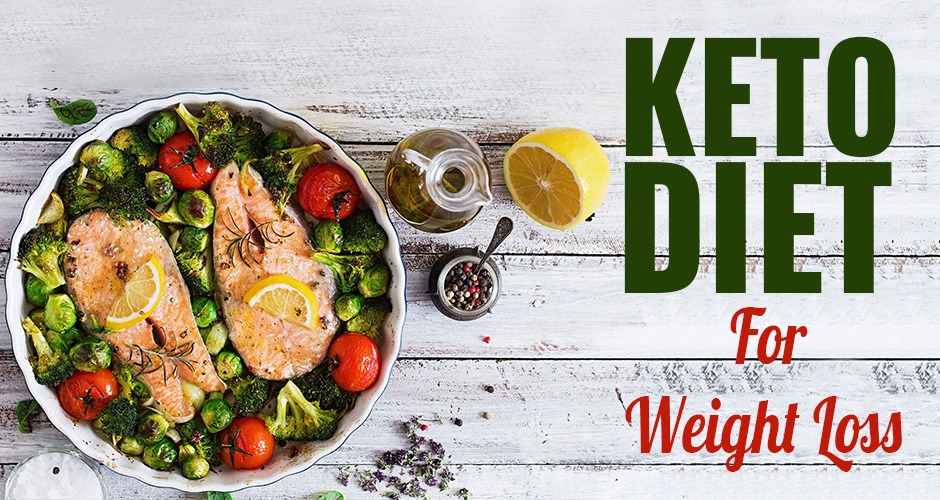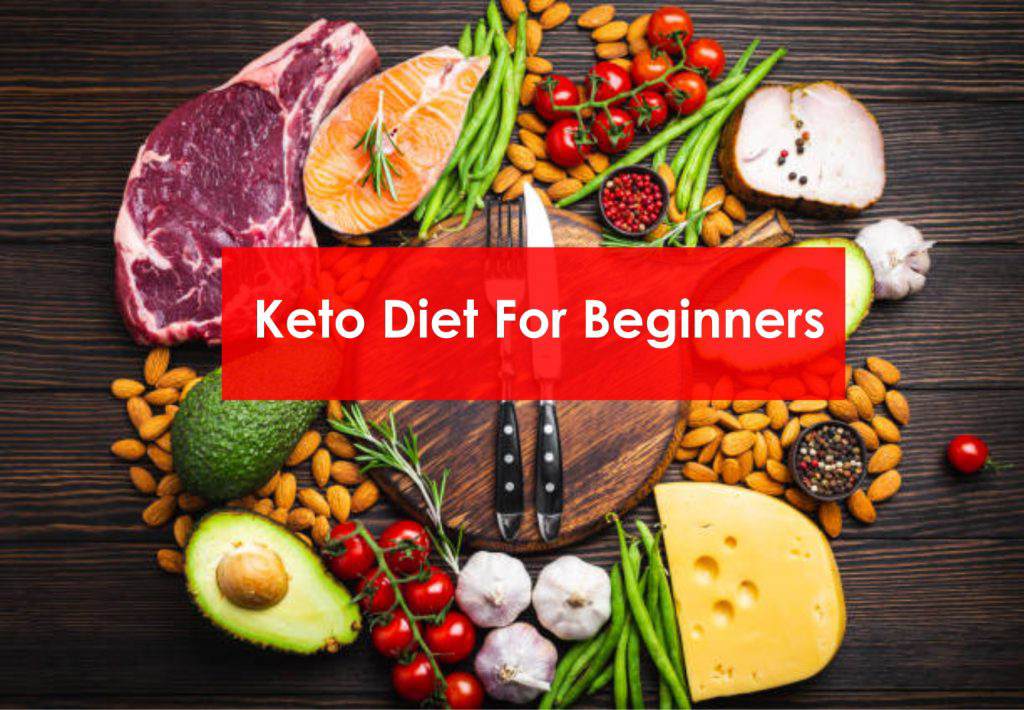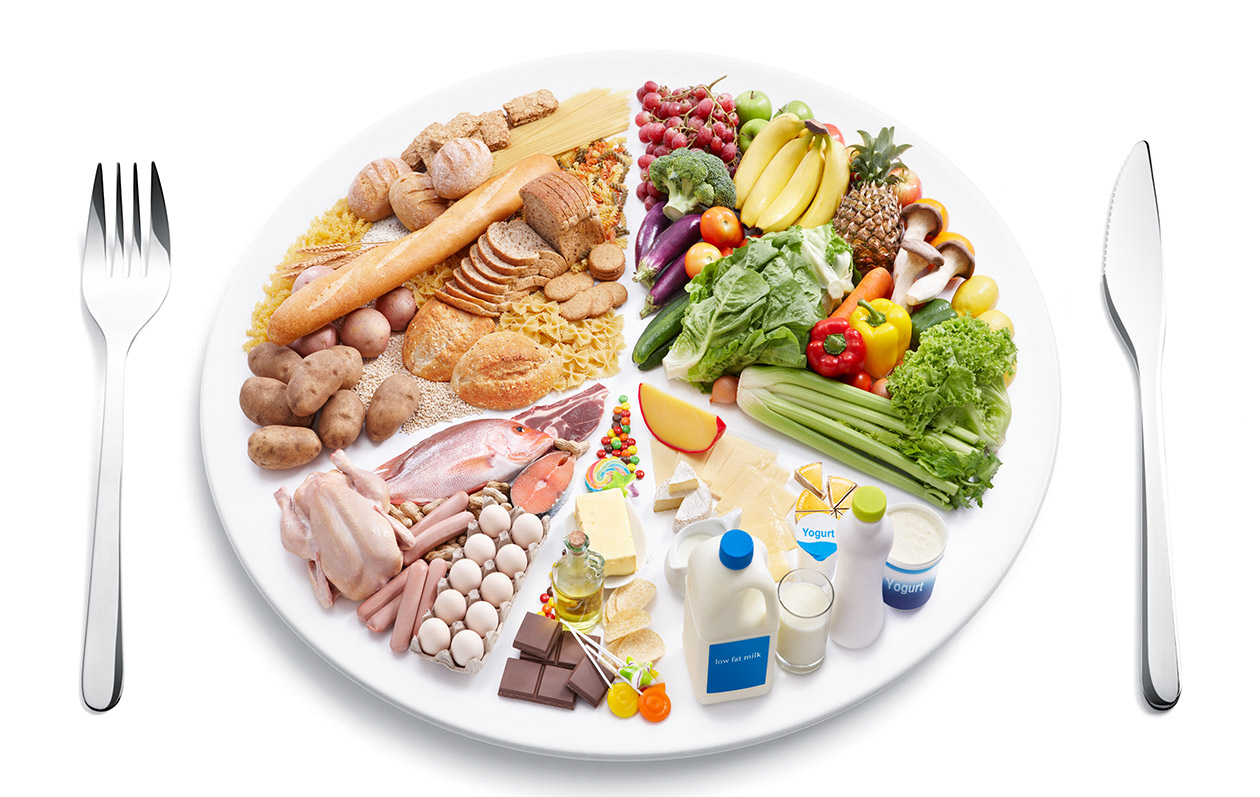The ketogenic diet relies on cutting carbs to make the body burn fat for fuel instead of using glucose from carbs for energy. By depriving the body of its main carb-based energy source, it aims to promote weight loss. When you eat carbs, the body turns them into glucose, but with fewer carbs, it shifts to burning fat for energy.
How Does The Keto Diet Work?
On the keto diet, you eat very few carbs, so your body taps into stored fat for energy, creating ketones in your liver. This leads to a state called “ketosis.” If you stick to the diet, your body enters ketosis in about 4 days, often resulting in significant weight loss within the first week.
Benefits Of Keto Diet
- Supports weight loss:
- Intermittent fasting has been linked to supporting weight loss by regulating calorie intake.
- Improves acne:
- Some studies suggest that intermittent fasting may contribute to improved skin health, potentially reducing acne.
- May reduce risk of certain cancers:
- There is evidence to suggest that intermittent fasting might reduce the risk of certain cancers, although more research is needed.
- May improve heart health:
- Intermittent fasting has shown potential in improving heart health markers such as cholesterol levels and blood pressure.
- May protect brain function:
- Some studies indicate that intermittent fasting could have neuroprotective effects, benefiting brain function.
- Potentially reduces seizures:
- In certain neurological conditions, intermittent fasting has shown promise in reducing seizures, though more research is required.
- Improves PCOS symptoms:
- Intermittent fasting may help alleviate symptoms of Polycystic Ovary Syndrome (PCOS) in some individuals.
Drawbacks And Risks Of Keto Diet
- Keto Flu: Symptoms resembling the flu may occur when starting a ketogenic diet, known as the keto flu. It results from the body adapting to a low-carb diet, leading to ketosis. Side effects can include leg cramps, digestive issues, and bad breath.
- Weight Regain: While effective for weight loss, stopping the keto diet may result in weight regain.
- Not for Everyone: The keto diet is not recommended for individuals with kidney or liver issues, as well as those with type 1 diabetes, as it can lead to ketoacidosis. Consult your healthcare team before starting.
- Cholesterol Impact: The diet’s high saturated and trans fat content may raise LDL (“bad”) cholesterol, increasing the risk of cardiovascular disease.
- Fiber and Vitamins: Due to limited vegetable, grain, and legume intake, the keto diet may lack fiber and B vitamins essential for bodily functions.
- Restrictive: The diet’s strict nature requires careful planning, leading to potential nutritional deficiencies and boredom. It can also complicate social events and dining out.
- Pregnancy and Nursing: Not considered safe for pregnant or nursing individuals. Consultation with healthcare professionals is crucial.
Tips For Keto Diet
- Try intermittent fasting: Opt for structured eating windows to promote weight loss.
- Decrease stress: Practice relaxation techniques to reduce the impact of stress on your body.
- Prioritize sleep: Ensure adequate and quality sleep to support overall health and well-being.
- Increase your salt intake: Maintain electrolyte balance by incorporating sufficient salt into your diet.
- Exercise frequently: Engage in regular physical activity for improved fitness and thyroid function.
- Don’t drink diet soda: Avoid artificially sweetened beverages for better metabolic health.
- Batch Cook: Plan and prepare meals in advance to support a consistent and healthy diet.
- Drink plenty of water: Stay hydrated for optimal bodily functions, including metabolism.
- Consume carbs from vegetable sources: Choose nutrient-rich vegetables for your carbohydrate intake.
- Use MCT oil regularly: Include medium-chain triglycerides for a potential boost in energy and metabolism.
Pros And Cons Of Keto Diet
| Pros | Cons |
|---|---|
| 1. Effective for Epilepsy: Solid evidence supports its use in drug-resistant epilepsy. | 1. Nutritional Challenges: Meeting nutritional needs can be difficult. |
| 2. Short-Term Weight Loss: Individuals often report weight loss in the short term. | 2. Uncomfortable Side Effects: Constipation and “keto flu” are common. |
| 3. Potential for Various Disorders: Promising research for autism, brain injuries, tumors, migraines, and Alzheimer’s. | 3. Long-Term Health Unknown: Limited understanding of long-term health consequences. |
| 4. Type 2 Diabetes Benefits: Shows promise in reducing insulin needs and improving blood sugar levels. | 4. Negative Side Effects: Bad breath, hair loss, and potential damage to gut health. |
| 5. Research Opportunities: Ongoing studies explore its impact on various conditions. | 5. Difficulty in Adherence: Highly restrictive nature makes it challenging to follow. |
Keto Diet Plan

Here’s a simple 1-week ketogenic menu with fewer than 50 grams of total carbs per day. Adjustments can be made based on individual dietary needs.
7-Day Keto Diet Plan
| Day | Meal |
|---|---|
| Monday | Breakfast: two eggs fried in butter served with sauteed greens Lunch: a bunless burger topped with cheese, mushrooms, and avocado atop a bed of greens Dinner: pork chops with green beans sauteed in olive oil |
| Tuesday | Breakfast: mushroom omelet Lunch: tuna salad with celery and tomato atop a bed of greens Dinner: roast chicken with cream sauce and sauteed broccoli |
| Wednesday | Breakfast: bell pepper stuffed with cheese and eggs Lunch: arugula salad with hard-boiled eggs, turkey, avocado, and blue cheese Dinner: grilled salmon with spinach sauteed in sesame oil |
| Thursday | Breakfast: full-fat yogurt topped with Keto granola Lunch: steak bowl with cauliflower rice, cheese, herbs, avocado, and salsa Dinner: bison steak with cheesy broccoli |
| Friday | Breakfast: baked avocado egg boats Lunch: Caesar salad with chicken Dinner: pork chops with vegetables |
| Saturday | Breakfast: cauliflower toast topped with cheese and avocado Lunch: bunless salmon burgers topped with pesto Dinner: meatballs served with zucchini noodles and Parmesan cheese |
| Sunday | Breakfast: coconut milk chia pudding topped with coconut and walnuts Lunch: Cobb salad made with greens, hard-boiled eggs, avocado, cheese, and turkey Dinner: coconut chicken curry |
Foods To Eat And Avoid In A Keto Diet
Foods To Eat
- Fish and Seafood:
- Rich in B vitamins, potassium, and selenium.
- High in omega-3 fats, beneficial for heart health.
- Aim for at least two 3-ounce servings of fatty fish weekly.
- Low-Carb Veggies:
- Nonstarchy vegetables are low in calories and carbs.
- High in nutrients, antioxidants, and fiber.
- Include broccoli, cauliflower, green beans, bell peppers, zucchini, and spinach.
- Cheese:
- Zero carbohydrates, high in fat and protein.
- Choose higher-fat options for satiety.
- Limit saturated fat intake for heart health.
- Plain Greek Yogurt and Cottage Cheese:
- High in protein and calcium.
- Full-fat products are suitable for the ketogenic diet.
- Protein and calcium promote fullness.
- Avocados:
- Heart-healthy fats, monounsaturated fat, and potassium.
- Low in net carbs, high in fiber.
- Improve cholesterol levels and triglycerides.
- Meat and Poultry:
- Lean protein source, rich in B vitamins and minerals.
- Choose fresh meat and poultry over processed options.
- Limit processed meats for heart health.
- Eggs:
- High in protein, B vitamins, and antioxidants.
- Promote feelings of fullness.
- Beneficial for eye health.
- Nuts, Seeds, and Healthy Oils:
- Healthy fats, fiber, and protein.
- Olive oil and coconut oil are recommended.
- Measure portion sizes for healthy fat intake.
- Berries:
- Rich in antioxidants, low in carbs, and high in fiber.
- Include blackberries, blueberries, raspberries, and strawberries.
- Unsweetened Coffee and Tea:
- Zero carbs, fat, or protein.
- Coffee associated with a lower risk of cardiovascular disease.
- Tea rich in antioxidants with various health benefits.
Foods To Avoid
- Grains:
- Cereal, crackers, rice, pasta, bread, and beer are high in carbs.
- Consider alternatives like spiralized vegetables or shirataki noodles.
- Sugary breakfast cereals and whole-grain cereals are carb-heavy and should be limited.
- Opt for dry wine and spirits over beer, keeping alcohol minimal.
- Starchy Vegetables and High-Sugar Fruits:
- Limit starchy veggies like corn, potatoes, sweet potatoes, and beets.
- Reduce intake of high-sugar fruits like bananas, raisins, dates, mangoes, and pears.
- Sweetened Yogurts:
- Choose plain yogurt to avoid added sugars.
- Greek yogurt is a better option, being higher in protein and lower in carbs.
- Fruit Drinks and Juices:
- Even 100% fruit juices are high in fast-digesting carbs.
- Opt for water to avoid blood sugar spikes.
- Honey, Syrup, and Sugar in Any Form:
- Limit sugar, honey, maple syrup, and other sugar forms due to high carb content.
- Chips and Crackers:
- Keep processed, grain-based snacks like chips and crackers minimal.
- They are high in carbs and low in fiber.
- Gluten-Free Baked Goods:
- Gluten-free doesn’t mean carb-free; many items are as carb-heavy as traditional baked goods.
- Watch out for gluten-free products, especially breads and muffins.
Keto Diet For Weight Loss

If you want to shed pounds, it’s about eating smarter and moving more. Drop 500 to 750 calories daily, and you could lose 1 to 1.5 pounds a week—simple math, right?
Now, low-carb diets, especially the extreme ones, might give you a quick win. But here’s the catch: studies say the magic fades at 12 or 24 months.
Why might they work? Not just calories. Some studies hint that the extra protein and fat keep you feeling full, so you naturally eat less. It’s like a secret weapon against those extra pounds.
Keto Diet For Beginners

Tips Of Keto Diet
- Meal prep:
- Plan and control your macro intake.
- Ensure proper portion sizes and make healthier choices.
- Avoid impulsive decisions, save time, and reduce stress.
- Maintain consistency with your diet.
- Eating out on keto:
- Research restaurant menus in advance.
- Choose keto-friendly options like olives, nuts, and charcuterie.
- Opt for high-protein mains like salads, steak, or grilled fish.
- Swap carb-heavy sides for vegetables.
- Consider a savory cheese board instead of desserts.
- Keep track of your macros:
- Understand and track macros (carbs, proteins, fats).
- Use a food diary or mobile app for tracking.
- Utilize online keto macro calculators for personalized plans.
- Focus on whole foods, read labels, and adjust portions.
- Watch out for hidden sugar:
- Be mindful of hidden sugars in condiments like ketchup and BBQ sauce.
- Read labels carefully and choose sugar-free or low-carb alternatives.
- Opt for keto-approved sauces such as mustard, mayo, sour cream, or hot sauce.
- Don’t give up if you make a mistake:
- Embrace the learning process and be patient with yourself.
- Understand that meaningful change takes time.
- Learn from setbacks and celebrate small victories along the way.
Sample Keto Diet Plan For Beginners
| Meal | Net Carbs | Description |
|---|---|---|
| Breakfast | 4.6g | Eggs scrambled with sautéed onions and cheddar cheese |
| Snack | 1g | Atkins French Vanilla Shake |
| Lunch | 6g | Grilled chicken over baby spinach, tomato, and avocado salad |
| Snack | 4.4g | 1 cup sliced red bell pepper with 2 tbsp ranch dressing |
| Dinner | 5.4g | 5 oz hamburger, 1 oz pepper jack cheese, 1 small tomato, ½ Hass avocado, 2 romaine lettuce leaves |
For detailed information on Beginners, you may fill the form click here.





